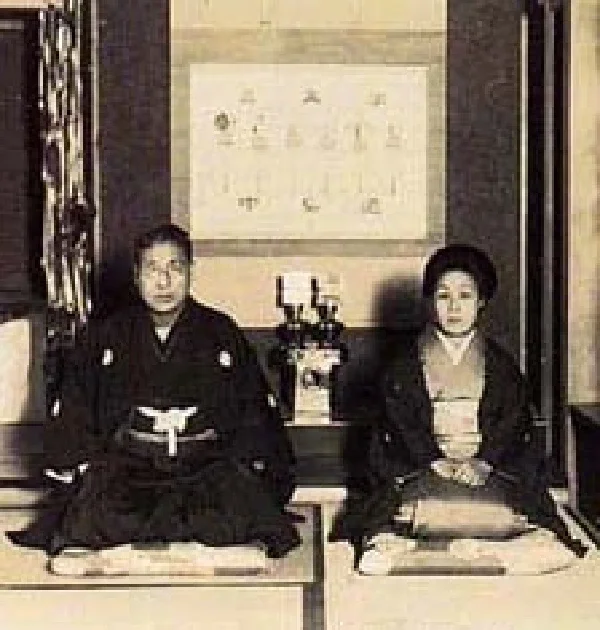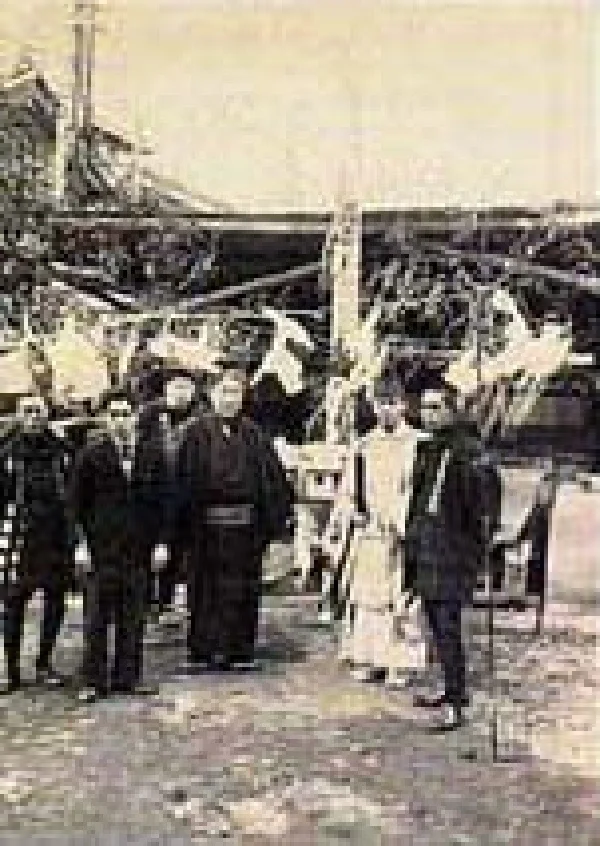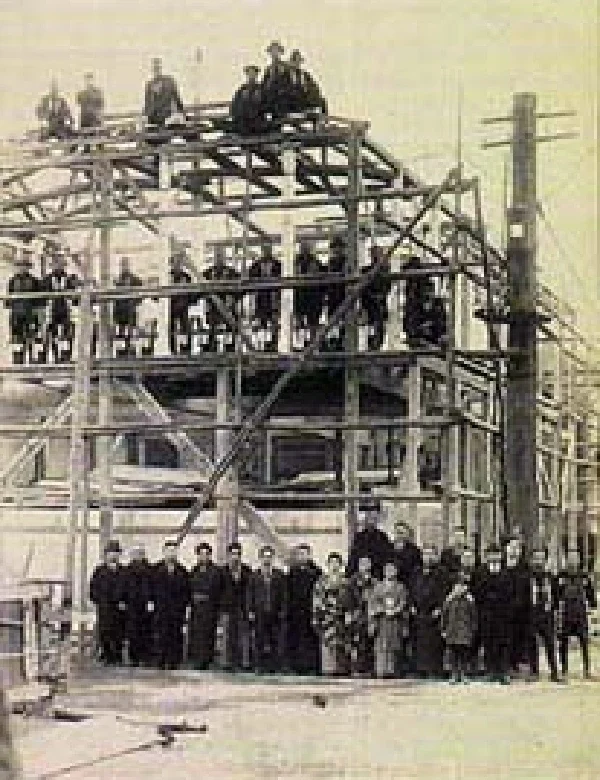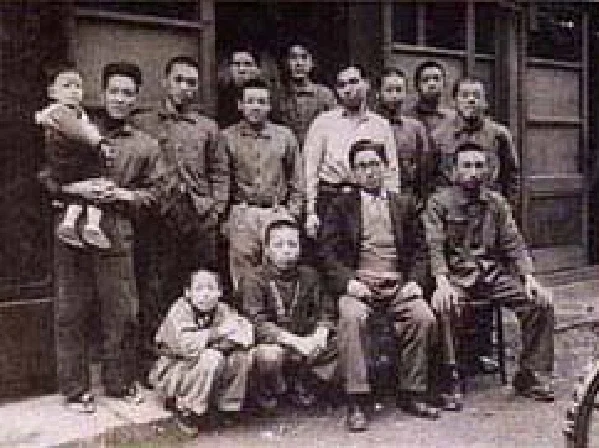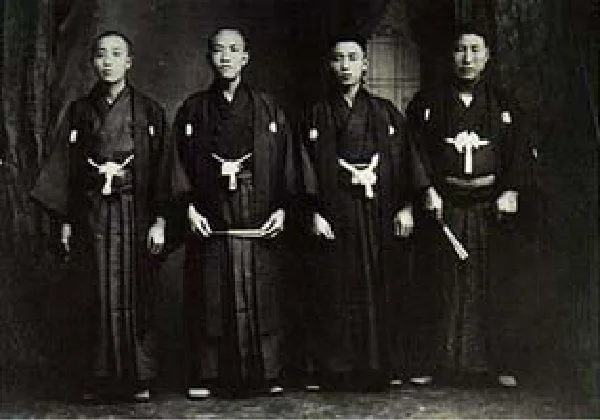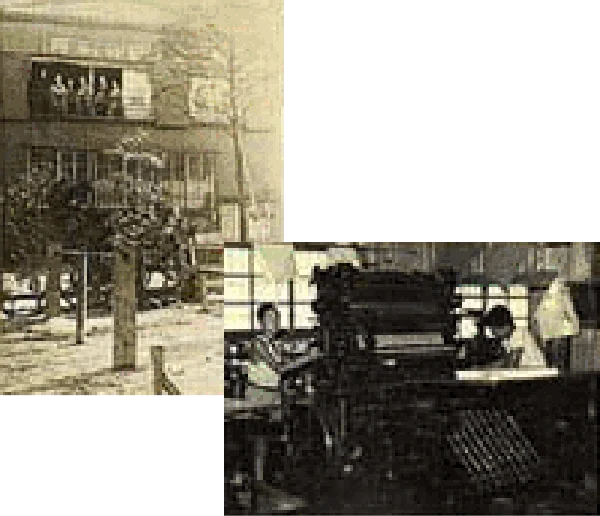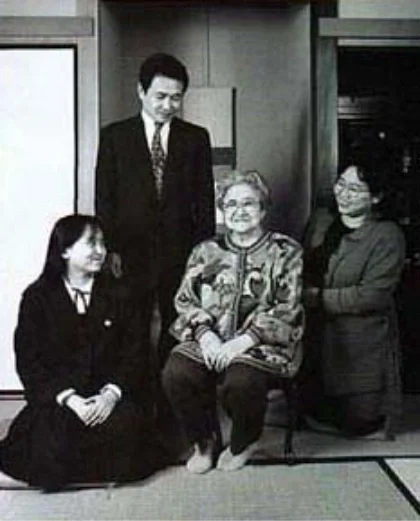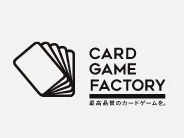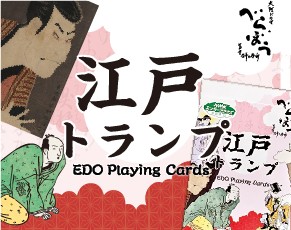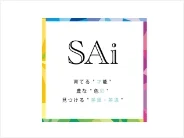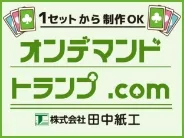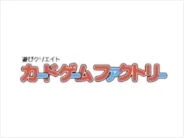In the late 1920s and early 1930s, the company printed colored labels of all kinds for all kinds of products. Two lalrge sample books of the printing of those years still exist. Paging through those books reveals a Japan very different indeed from today’s Japanese highteck trade hegemony. The labels include those for neckties, cigarette papers, fruit juices and concentrates, flypaper, and other such small everyday things.
The vigorous designs of these labels are prticularly well-conceived and crafted. There is a lot of art deco typography in both Japanese and roman typefaces, and some of this is excellent work. A careful look reveals that alphabet letters have all been hand-copied, each one individually, almost certainly by printers who could not read them. There is no mechanical regularity, yet the designs of labels and use of type are alive and fresh. At that time, there were no“designers”per se,just printer and client, or printer and the company that jobbed out the label work. Design was just kind of worked out between printer
and label user or, sometimes, invented by the printer, not the product of a
high-priced specialist.
With such simple work, and the careful policy of keeping the company small, a comfortable living was possible in those years, and in 1935 a plot of land was purchased in Outer Kanda (now Akihabara)-the site of the present plant-and a wooden frame building was constructed. The number of lithograph presses remained just two.
(訳)
1920年代後半から1930年代初めにかけて昇文堂は多くの製品の多くのカラーラベルを印刷した。当時の印刷に関する2つの大きなサンプルが今でも残っている。それらの本のページをめくることによって、当時の日本が、今日の日本の様に高度技術の貿易大国とは異なっていることが分かる。
このラベルにはネクタイ、たばこ、フルーツジュース、濃縮ジュース、はえ取り紙といった小さな日用品が含まれている。これらのラベルの活気あるデザインは、かなり想像力豊かで功みである。
これらの多くは、日本語やローマ字の書体の入った活版印刷技術であり、優れた作品であった。注意深く見ると、それぞれのアルファベット文字が、おそらくアルファベットを見たことのない作業者によって、すべて手で写されていることが分かる。機械上の法則はないが、ラベルのデザインやタイプを打つことは生き生きとして新鮮なものであっただろう。
その時代、デザイナーというものは本来、存在せず、印刷屋と客、印刷屋とラベルの業者だけが行っていた。デザインは印刷業者とその利用者、又は、印刷業者により作られ、高価なスペシャリストの作品はなかった。
このような簡単な仕事で、そして、企業を小さいまま保つという慎重なポリシーにより、このころには快適な生活を送れるようになった。1935年には、神田の郊外に(現在の秋葉原)現在の工場用地である土地を購入した。そこに木造の建物を建てたが、印刷機は2台のままであった。


